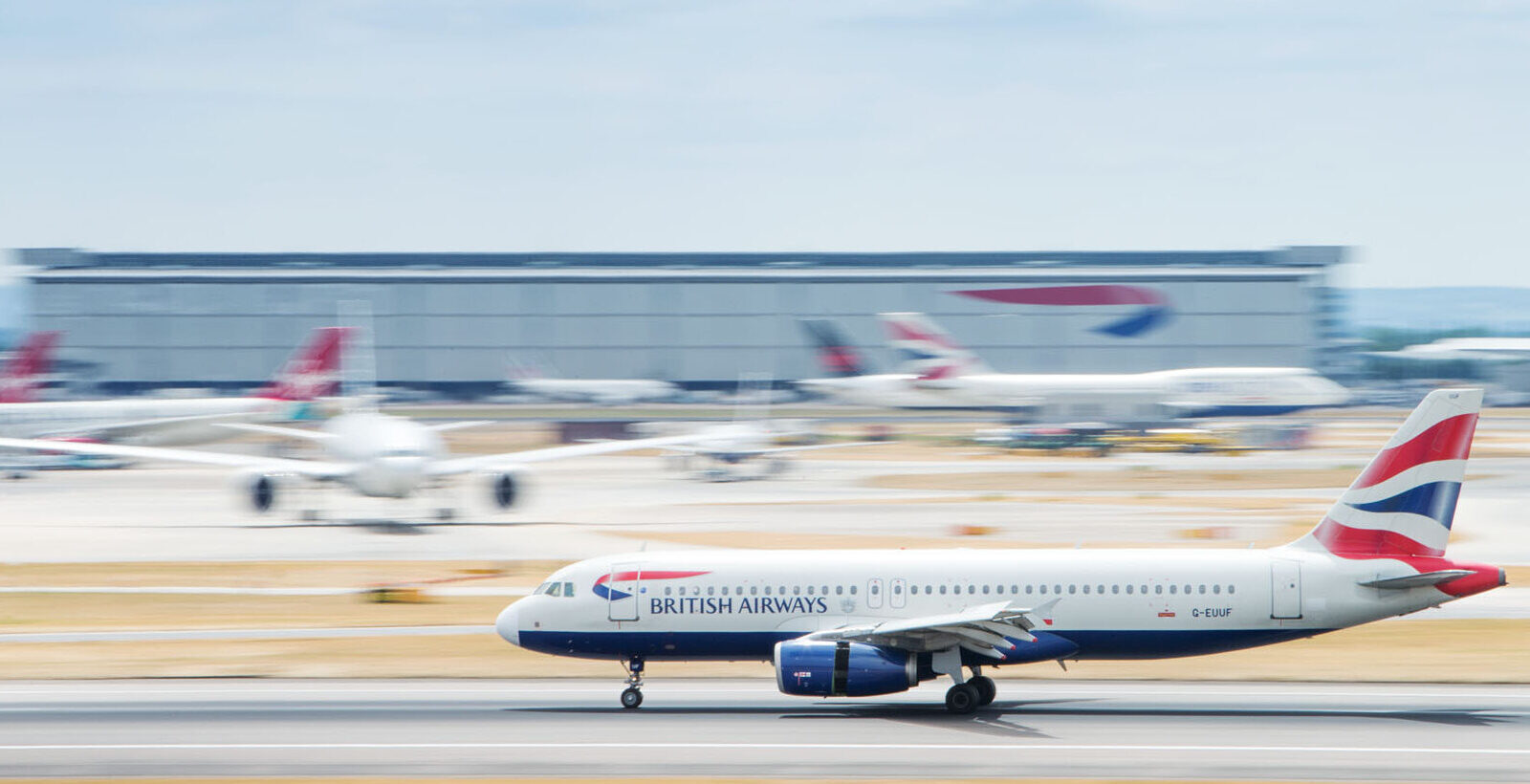Airports Council International (ACI) World has released preliminary data on the world’s busiest airports for 2024, highlighting a resilient recovery in global air travel despite ongoing economic and geopolitical uncertainty.
The early rankings provide an overview of global airport performance across passenger traffic, cargo volumes, and aircraft movements.
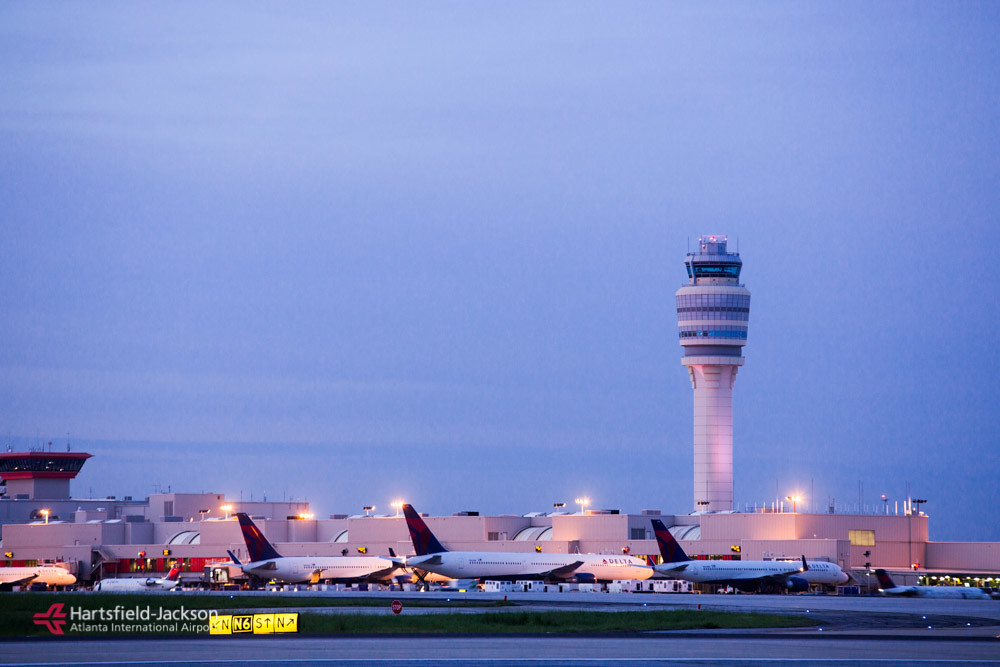
Passenger Traffic
According to ACI World’s early estimates, nearly 9.5 billion passengers travelled through airports worldwide in 2024, representing a 9% increase compared to 2023 and a 3.8% rise over pre-pandemic levels in 2019. The ten busiest airports accounted for 9% of global traffic, serving a total of 855 million passengers—an 8.8% increase from 2023.
Hartsfield-Jackson Atlanta International Airport retained its position as the world’s busiest airport, followed by Dubai International Airport and Dallas Fort Worth International Airport. Notably, Shanghai Pudong International Airport rose from 21st to 10th place in the global rankings. The airport’s ascent was supported by policy changes easing visa access, growth in international flight services, and a broader recovery in the Asia-Pacific aviation sector.
Istanbul Airport and New Delhi International Airport also maintained strong positions in the rankings, reflecting sustained growth driven by their infrastructure developments and airline expansions.
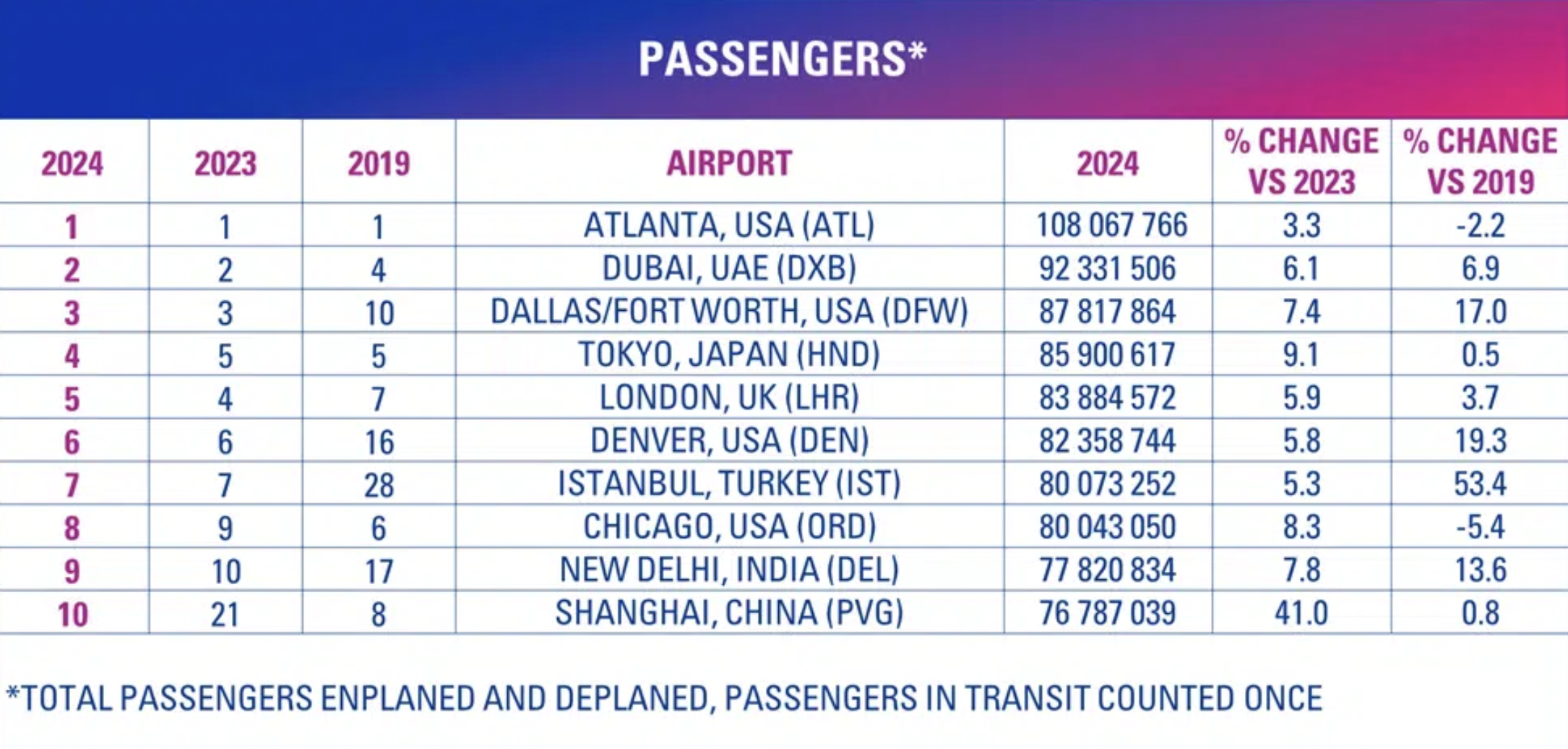
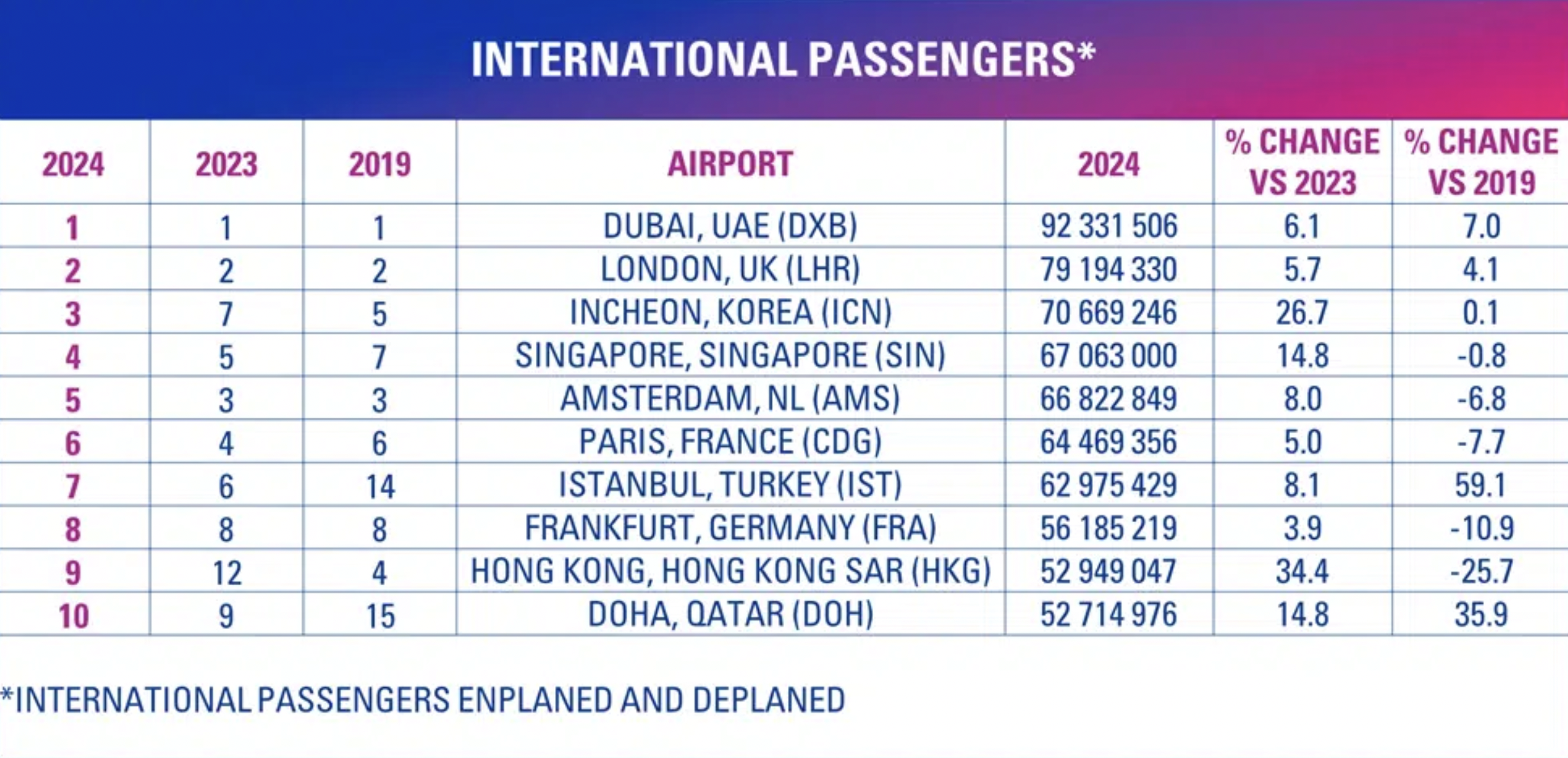
Industry Context
Airports continued to face a complex operating environment in 2024. Factors such as supply chain disruptions, aircraft production delays, and geopolitical tensions contributed to rising operational costs and uncertainty around flight planning. In some regions, proposed trade tariffs and global construction inflation presented additional risks to passenger and cargo growth.
Despite these pressures, ACI World projects that global passenger traffic will reach approximately 9.9 billion in 2025, with an annual growth rate of 4.8%. However, growth is expected to transition from post-pandemic recovery to more gradual, long-term expansion.
In advanced economies, capacity constraints and slower economic growth may influence this trend, while emerging markets are anticipated to drive further expansion due to increased infrastructure investment and rising travel demand among middle-income populations.
Cargo Volumes
Global air cargo volumes reached over 124 million metric tonnes in 2024, marking an 8.4% year-on-year increase and a 3.9% gain compared to 2019. The top ten cargo airports handled approximately 32.3 million metric tonnes—around 26% of total global cargo—representing a 9.3% year-on-year increase.
The growth in air cargo was largely attributed to continued e-commerce demand, disruptions in maritime shipping, and reduced jet fuel costs. Hong Kong International Airport remained the world’s busiest cargo hub, followed by Shanghai Pudong and Memphis International Airports.
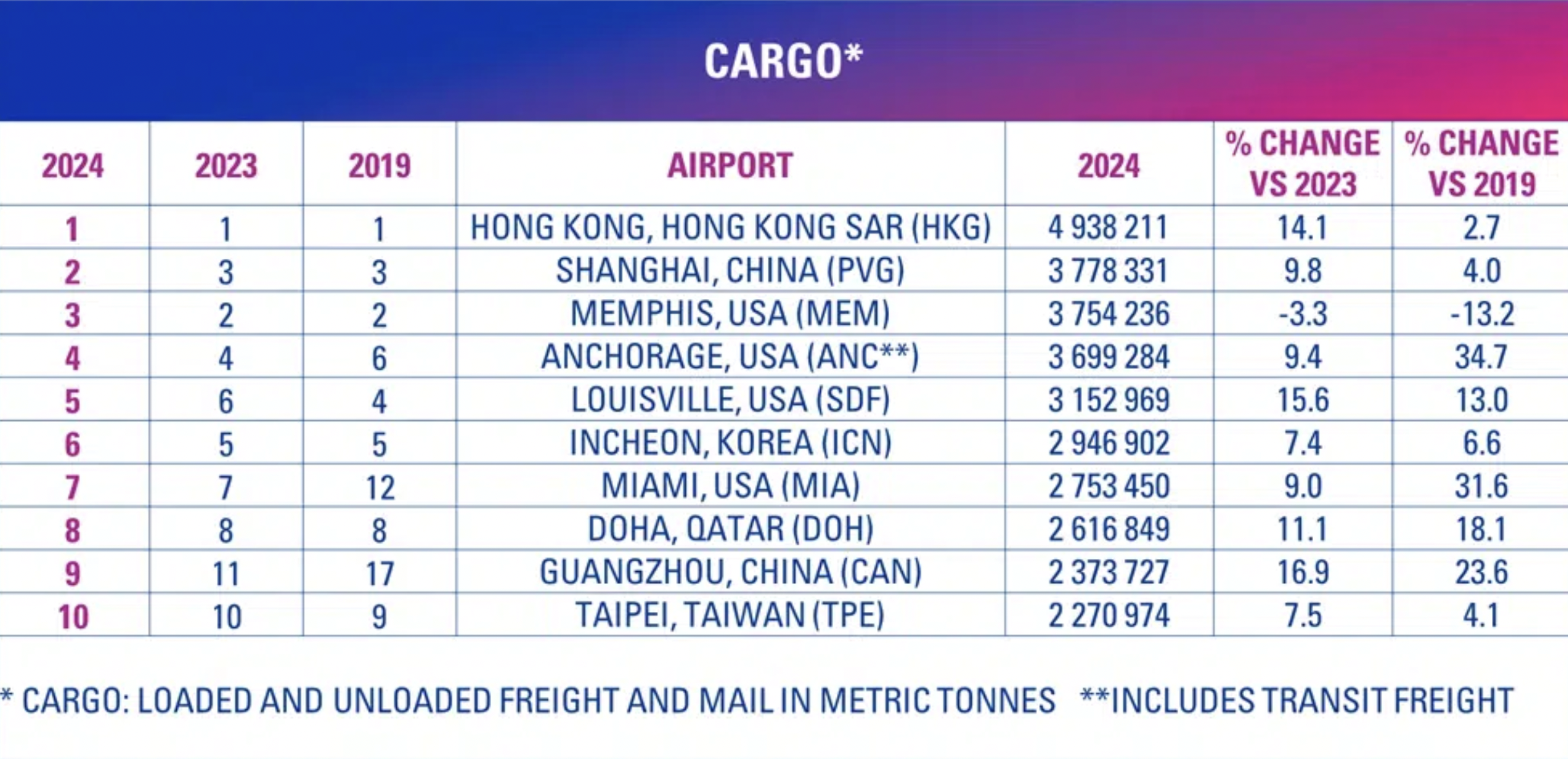
Aircraft Movements
An estimated 100 million aircraft movements occurred globally in 2024, reflecting a 4.3% increase from 2023. This figure is approximately 97.4% of the movement levels recorded in 2019.
The ten busiest airports accounted for more than 6% of global movements, with a total of 6.4 million flights. Hartsfield-Jackson Atlanta, Chicago O’Hare, and Dallas Fort Worth ranked as the top three airports for aircraft movements.
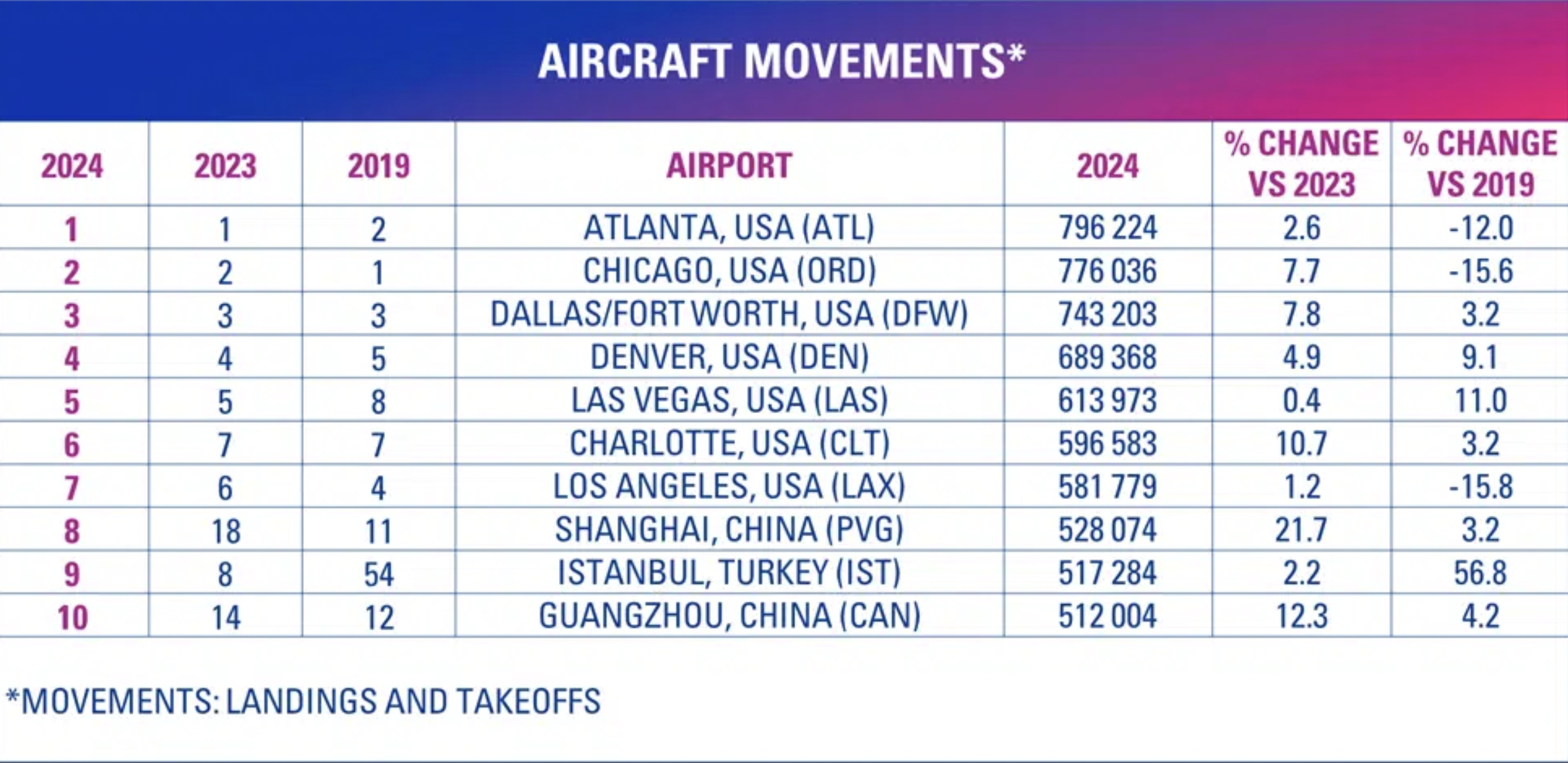
The rankings are based on preliminary data collected from over 2,700 airports worldwide. Final figures will be published by ACI World in July 2025. This data contributes to a detailed understanding of trends in global air travel and helps inform planning and investment decisions across the airport industry.









